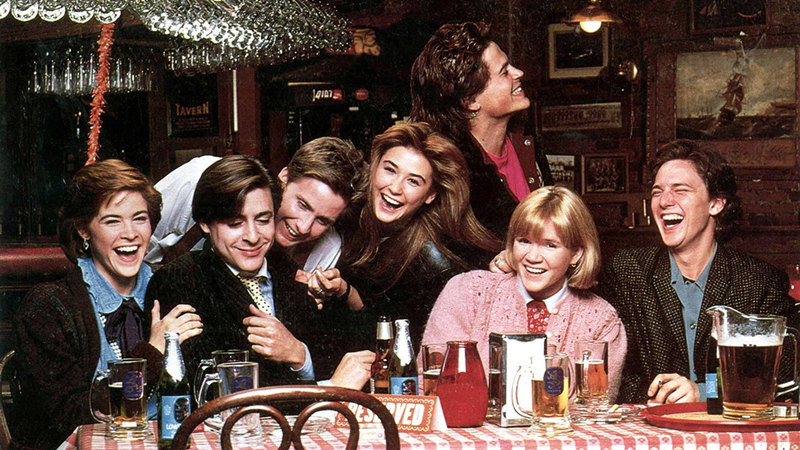I am as far from an expert as you can get, but I have always thought of the banjo as an instrument that can never sound contemporary. I suspect this was just as true in, say, 1940, as it is today. Even FDR-era audiences hearing the banjo were transported to an earlier America; it just sounds like the past, no matter what. The precise era evoked by the banjo will, however, depend on the listener’s reference points. Most audiences hearing the banjo today probably think of car chases on dusty depression-era roads (filmed in sepia tones, of course), but as “Give Me The Banjo” (2011) argues, the instrument’s American roots are planted much deeper than that.
Director Marc Fields takes viewers on a tour through three centuries, beginning with the banjo’s widespread use by African-American slaves and its inevitable appropriation (i.e. theft) by white musicians and entrepreneurs. The banjo may be a beautiful instrument, but its story is intertwined with the ugly American tradition of the minstrel show. White Americans in the 1800s (and later) were not content with merely kidnapping and enslaving African-Americans; they needed to derive entertainment and considerable profit from openly mocking them in blackface as well. While propagating the most vicious stereotypes, the minstrel show had the salutary secondary effect of popularizing the banjo for all Americans, a mainstreaming that has helped keep it vital to this day.
The documentary, narrated by banjo plucker Steve Martin, moves from this broader history lesson to a more methodical ticking off of a list of influential musicians who are now seen as the innovators and prodigies. Gus Cannon helped reclaim the banjo for black musicians around the dawn of the 20th century and also helped to popularize the jug band, destined to become an essential feature of any chic party in the roaring 20s. Charlie Poole’s story has such a mythic resonance, it would have to be invented if it wasn’t real. Poole shattered his hand in a bar room bet and was forced to relearn the banjo after his fingers grew back crooked. His necessarily idiosyncratic style was revolutionary and he became a major recording star in the 1920s, but blew every penny on hooch, dying of alcoholism before his 40th birthday. The film also follows the banjo’s trajectory into the hands of contemporary musicians like Pete Seeger (looking mighty spry and guru-like at 90), Earl Scruggs, and Bela Fleck.
And, of course, Steve Martin, whose narration speaks of his genuine passion for the subject matter. When he says he can’t imagine his life without learning how to play the banjo, there’s no doubt he’s telling the truth. I wish the rest of film had as much energy as its narrator. It’s certainly a loving tribute to a sometimes overlooked instrument, but by plodding along from big name to big name, it plays like more like a history lesson than a film. Still, I learned a lot about some great musicians I didn’t know before, and I was motivated to check out their work, and that’s a fine accomplishment for any documentary.
The film includes interviews with musicians, historians, and other experts, and also several all-too-brief musical clips, including some footage of Steve Martin and the Steep Canyon Rangers in concert. “Give Me the Banjo” debuted on PBS in late 2011.
Video:
The film is presented in a 1.78:1 anamorphic transfer. The interlaced transfer is about average, and the image quality varies with the different source of archival footage; recently filmed interviews obviously look the best.
Audio:
The DVD is presented with a Dolby Digital 5.1 surround track. While music is obviously a crucial element in the film, many of the recordings are so old that there’s no way to really take advantage of the surround channels. However, the audio mix is generally solid throughout, and the dialogue is clealry recorded. No subtitles are provided.
Extras:
The DVD includes six additional scenes, running a total of thirty minutes. These include interviews and extended performances.
Film Value:
I have to admit that I haven’t seen a banjo documentary before, so Marc Fields’ movie fills an important niche. I’m not usually a fan of the “great men” approach to history, but an 85 minute movie has to settle for a stripped-down structure. More musical performances would have been welcome too, but the extended scenes provide some of that.


